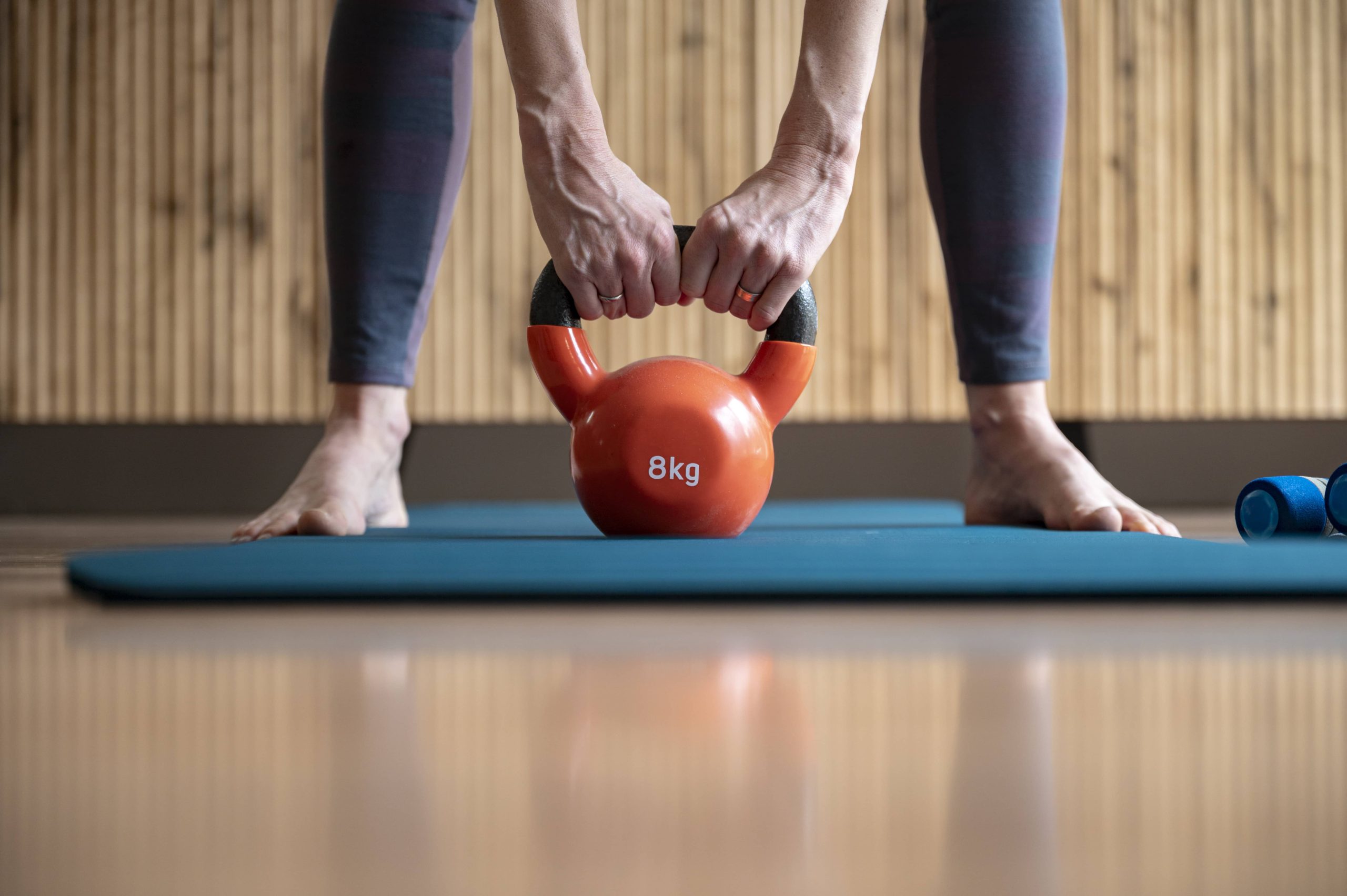
Weightlifting is a powerful tool for building strength, enhancing physical fitness, and improving overall health. However, like any physical activity, it comes with its own set of risks. Injuries can occur if proper techniques are not followed, if the body is pushed beyond its limits, or if adequate precautions are not taken. In this blog post, we will explore some of the most common weightlifting injuries and provide practical tips on how to avoid them.
Understanding Common Weightlifting Injuries
Before diving into prevention strategies, it’s essential to understand the types of injuries that are most common in weightlifting:
1. Muscle Strains and Sprains: These occur when muscles or tendons are overstretched or torn. They are often the result of lifting too much weight or using improper form.
2. Tendinitis: This is the inflammation of a tendon, often caused by repetitive motion or overuse. Common areas affected include the shoulders, elbows, and knees.
3. Rotator Cuff Injuries: The rotator cuff is a group of muscles and tendons that stabilize the shoulder. Injuries here are common due to the shoulder’s extensive range of motion and the stress placed on it during lifting.
4. Lower Back Injuries: These can range from mild strains to more severe conditions like herniated discs. Poor lifting technique, especially during exercises like deadlifts and squats, is a common cause.
5. Knee Injuries: The knees are vulnerable to injuries such as ligament tears and tendinitis, often due to improper form or excessive weight.
Tips to Avoid Weightlifting Injuries
1. Warm-Up Properly
A proper warm-up is crucial to prepare your body for the physical demands of weightlifting. It increases blood flow to the muscles, enhances flexibility, and reduces the risk of injury. A good warm-up should include:
– Dynamic Stretching: Focus on movements that mimic the exercises you will perform, such as arm circles, leg swings, and torso twists.
– Light Cardio: Engage in 5-10 minutes of light cardio, like jogging or cycling, to increase your heart rate and warm up your muscles.
2. Focus on Technique
Proper technique is the cornerstone of safe weightlifting. Here are some key points to consider:
– Learn the Basics: If you’re new to weightlifting, consider working with a certified trainer to learn the correct form for each exercise.
– Use Mirrors: Mirrors can help you monitor your form and make necessary adjustments.
– Start with Lighter Weights: Begin with weights that allow you to maintain proper form throughout the exercise. Gradually increase the weight as you become more comfortable and confident.
3. Listen to Your Body
Your body is an excellent communicator. Pay attention to any signs of discomfort or pain:
– Stop if You Feel Pain: Pain is a signal that something is wrong. Stop the exercise immediately and assess the situation.
– Rest and Recover: Allow your body time to recover between workouts. Overtraining can lead to fatigue and increase the risk of injury.
4. Incorporate Rest Days
Rest days are just as important as workout days. They allow your muscles to repair and grow stronger. Plan at least one or two rest days per week, depending on your training intensity and goals.
5. Strengthen Supporting Muscles
Strengthening the muscles that support your joints can help prevent injuries:
– Core Strength: A strong core stabilizes your body and reduces the risk of back injuries. Incorporate exercises like planks and Russian twists into your routine.
– Rotator Cuff Exercises: Strengthen your rotator cuff with exercises like external rotations and face pulls.
6. Use Proper Equipment
Using the right equipment can make a significant difference in preventing injuries:
– Weightlifting Shoes: These provide stability and support, especially during squats and deadlifts.
– Weight Belts: A weight belt can help support your lower back during heavy lifts, but it should not be relied upon as a substitute for proper form.
7. Stay Hydrated and Maintain Nutrition
Hydration and nutrition play a vital role in muscle function and recovery:
– Hydrate: Drink plenty of water before, during, and after your workout to keep your muscles hydrated and functioning optimally.
– Balanced Diet: Ensure your diet includes adequate protein, carbohydrates, and healthy fats to support muscle repair and growth.
Conclusion
Weightlifting is an excellent way to build strength and improve your overall health, but it’s essential to approach it with caution and respect for your body’s limits. By warming up properly, focusing on technique, listening to your body, incorporating rest days, strengthening supporting muscles, using proper equipment, and maintaining hydration and nutrition, you can significantly reduce the risk of injury and enjoy the many benefits of weightlifting.
Remember, the goal is not just to lift heavier weights but to lift them safely and effectively. Prioritize your health and well-being, and you’ll be able to enjoy weightlifting for years to come.
